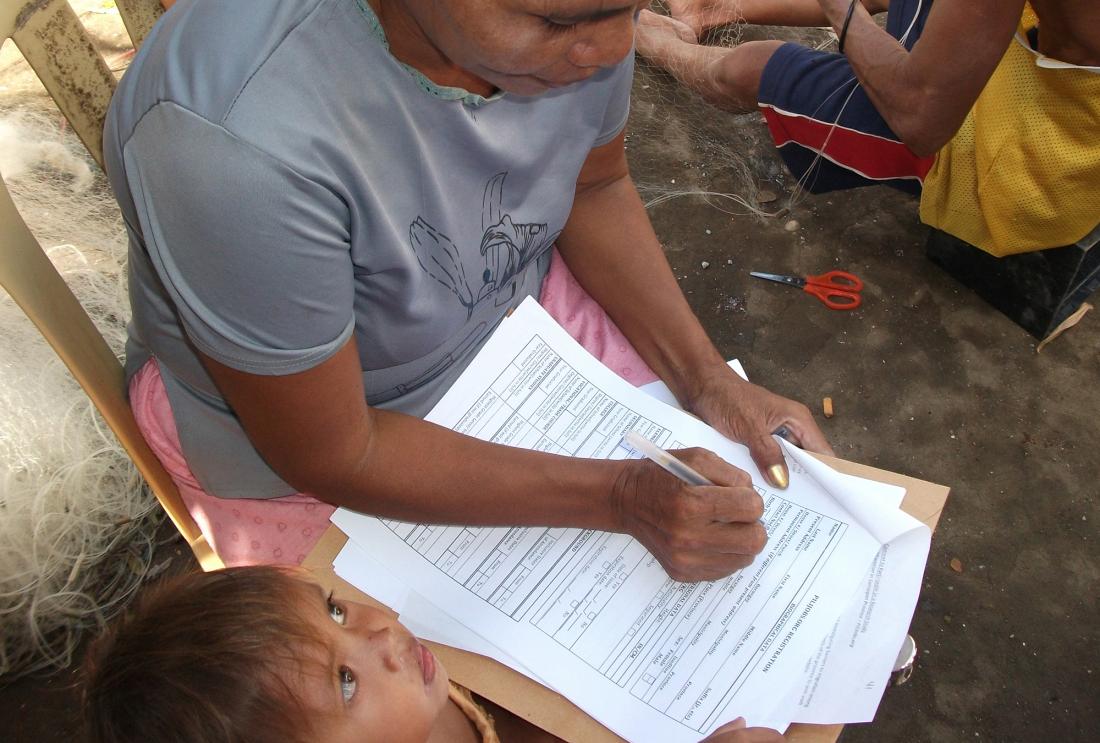Credit with Health Insurance: Evidence from the Philippines
- Rural population
- Health outcomes
- Credit
- Insurance
Health shocks, such as illness or injury, have the potential to cause significant financial strain for low income households, possibly contributing to late payment or default among microcredit borrowers. Researchers are examining the impact of offering health insurance through a microfinance institution on clients’ health behaviors and health outcomes, as well as on the institution’s profit, client retention, and default rates.
الموضوع الأساسي
Health shocks, such as illness or injury, have the potential to cause significant financial strain for low income households, possibly contributing to late payment or default among microcredit borrowers. Insurance could protect households from health shocks, but is unavailable to many in developing countries. High transaction costs and information problems complicate efforts to offer health insurance in a cost-effective way. There is also potential for moral hazard: once clients become insured, they may be less inclined to care for their health. Adverse selection may also occur, as clients predisposed to sickness may be those most willing to purchase insurance, dampening the profitability of insurers. But research has failed to produce a consensus on the impact of adverse selection and moral hazard for insurers in the developing world. How will these impact the market for health insurance? And how will health insurance impact the lives of microcredit clients?
سياق التقييم
The majority of residents in the Visayas and Northern Mindanao regions of the Philippines live in small towns and rural villages. A large for-profit bank, The Green Bank of Caraga, has been a strong presence in these regions for the past decade. The majority of microfinance clients they service engage in small-scale sales or work as tailors, drivers of local transport, and operators of bakeshops and roadside eateries. Anecdotal information suggests that health shocks are a leading cause of default and drop-out among their clients. Most of the respondents in this study reported that their ability work or do related productive activities was restricted at least some of the time.

معلومات تفصيلية عن التدخل
Researchers worked with the health insurer Philippine Health Insurance Corporation (PhilHealth), which offers the KaSAPI program to help organizations such as microfinance institutions provide affordable health insurance to their members. KaSAPI provided information about the availability and benefits of the insurance to microfinance clients through a marketing campaign. Bank clients were able to use existing savings or loan proceeds to pay for the insurance premium of 300 Philippine Pesos (approximately US$6) per quarter.
Clients were randomly assigned to compulsory insurance, voluntary insurance, or no insurance to serve as a comparison. For clients in the voluntary treatment group, loan officers presented the schedule of PhilHealth benefits and explained that the bank was offering KaSAPI as an optional service for its clients. Premiums were deducted from the loan proceeds. For clients in the compulsory treatment group, loan officers presented PhilHealth materials but also explained that PhilHealth was now a requirement to continue participating in the lending program. Clients' loans in compulsory PhilHealth treatment group were not released unless they agreed to the premium deduction from their loan proceeds.
End line surveys will establish whether access to health insurance increased risk-taking behavior, if it improved the health status of beneficiaries and if formal insurance crowded out informal insurance arrangements. Evidence will also reveal how health insurance affected institutional outcomes such as profit, client retention, and default.
النتائج والدروس المستفادة بشأن السياسات
Results forthcoming.

